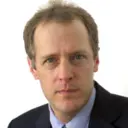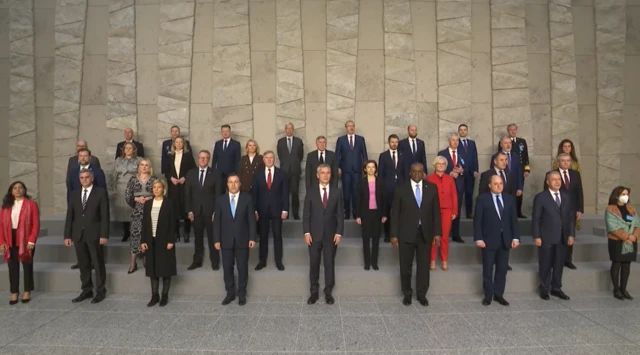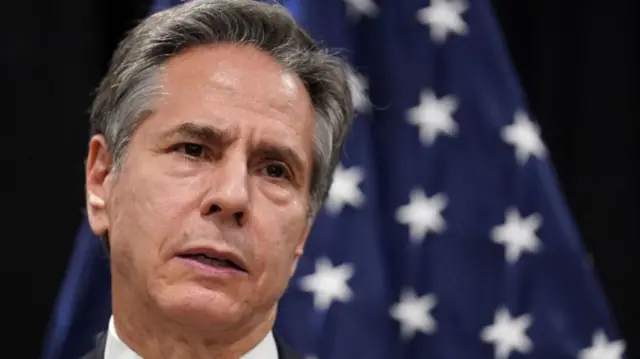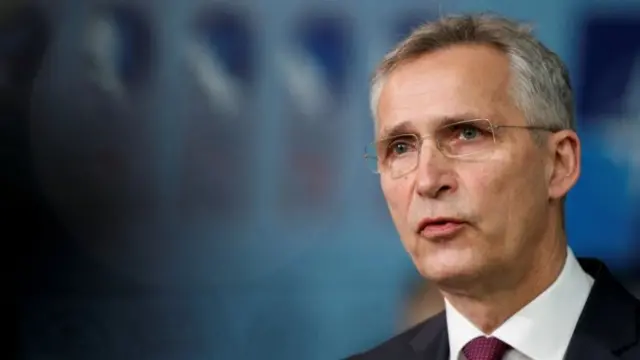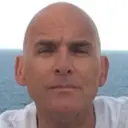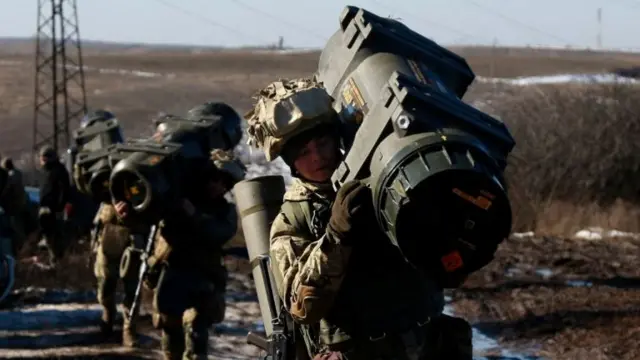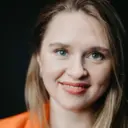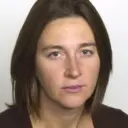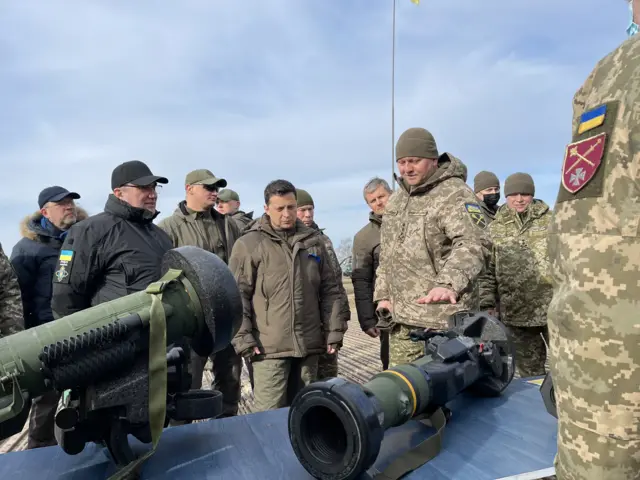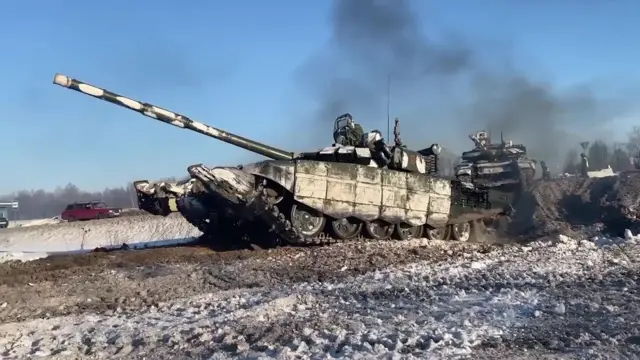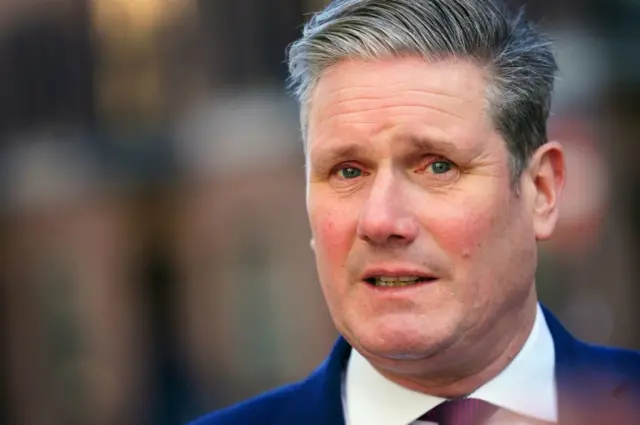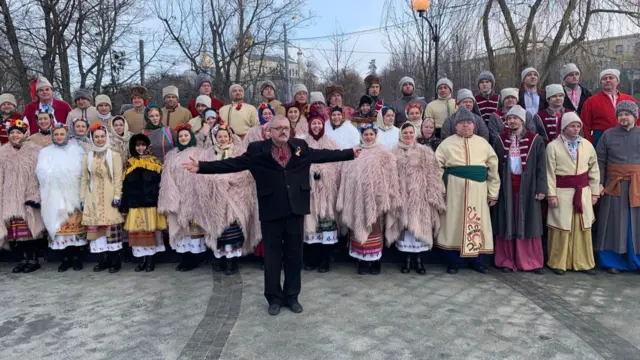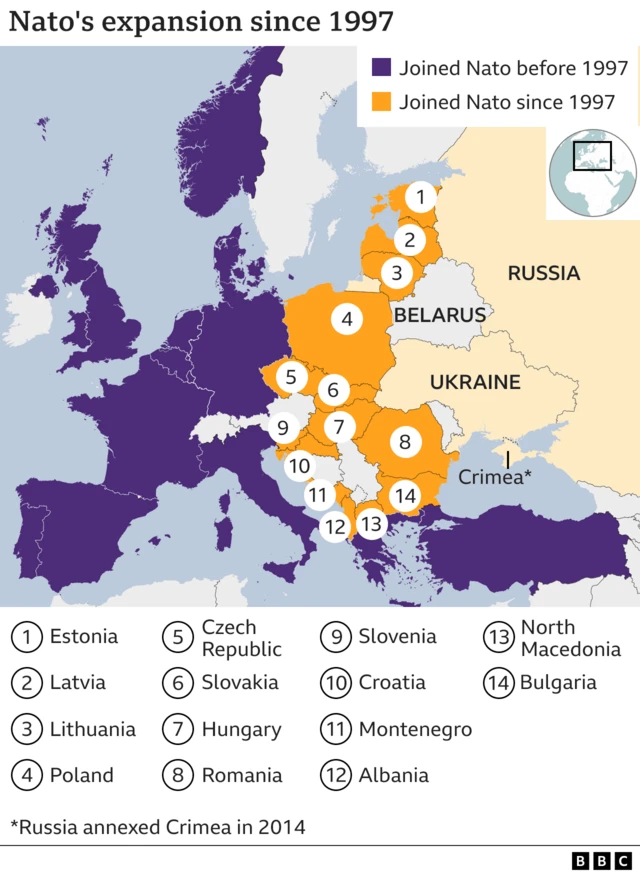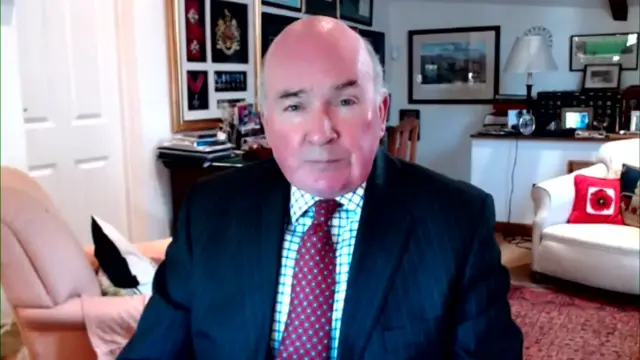No signs of troop withdrawal, Nato chief sayspublished at 15:57 GMT 16 February 2022
Nato secretary general Jens Stoltenberg begins the news conference by saying defence ministers have met to discuss the "continued" troop build up on the borders of Ukraine.
He says allies welcome all diplomatic efforts and says there are signs from Moscow that diplomacy could win through.
But he says there are no signs of de-escalation or withdrawal of Russian troops.

